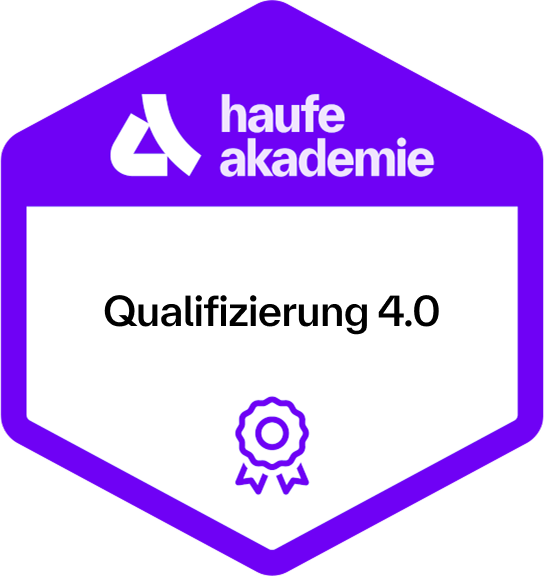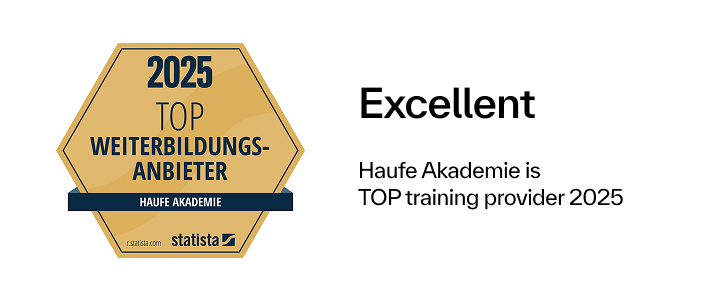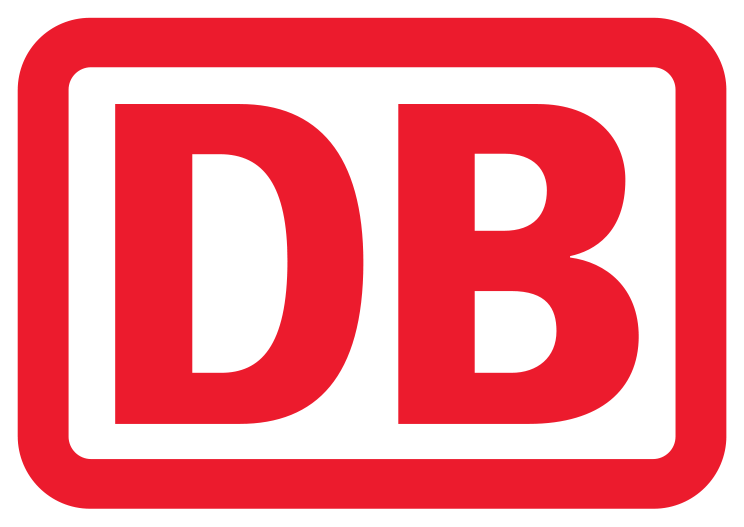Green IT in practice - sustainability in IT purchasing and software development
Opportunities and obligations arising from the EU Taxonomy Regulation, CSRD, ESRS, ESG, Ecodesign Regulation

Contents
Importance of ESG criteria in the IT sector
- Introduction to the EU Green Deal and ESG (Environmental, Social, Governance) criteria and their relevance for IT companies and IT procurement.
- Basic overview of legal provisions and regulatory requirements, corporate digital responsibility (CDR), opportunities and benefits.
Sustainability by design in software development
- Development and implementation of sustainable IT products and processes.
- Methods and tools for energy-efficient and environmentally friendly software development, in compliance with legal requirements, EU Ecodesign Regulation.
Green IT and hardware optimization
- Strategies for reducing energy consumption in IT infrastructures through optimized hardware, cloud computing and guidelines from the Federal Environment Agency.
Data science and AI for sustainability
- Use of big data, analytics and artificial intelligence for environmental monitoring, resource efficiency and prediction of environmental developments.
- Legal basis of data procurement and the obligations to release data.
ESG assessment and creation of a matrix
- Practical exercise to develop an individual ESG evaluation matrix.
- Evaluation of environmental, social and governance aspects and exchange of experiences among participants.
Reporting and compliance in accordance with CSRD and ESRS
- Systematic introduction to the legal requirements for the disclosure of sustainability information in the CSRD.
- Standards for European Sustainability Reporting Standards (ESRS).
- Compliance with the EU Taxonomy Regulation Analysis of the current situation and implementation of the standards in practice.
Sustainability in IT procurement
- Evaluation factors and strategies for the sustainable procurement of software and IT products.
- Opportunities through ESG implementation: competitive advantages, innovations and cost savings.
Opportunities, risks and obligations in ESG implementation
- Analysis of challenges and risks such as technological dependencies, data protection requirements from the GDPR, EU-US data protection agreement "Data Privacy Framework" and its requirements, regulatory risks and the implementation of ESG criteria and responsibilities within the company.
Learning environment
In your online learning environment, you will find useful information, downloads and extra services for this training course once you have registered.
Your benefit
Understanding ESG criteria
The basics and relevance of ESG criteria (environmental, social, governance) for the IT sector are conveyed.
Sustainable software development
It shows how energy-efficient and environmentally friendly IT products and processes can be developed and implemented.
Optimization of the IT infrastructure
Strategies are being developed to reduce energy consumption through optimized hardware and cloud computing.
Use of data science and AI
Big data and artificial intelligence are used to improve environmental monitoring and increase resource efficiency.
Creation of an ESG assessment matrix
Practical skills for assessing environmental, social and governance aspects are developed.
Compliance and reporting
The legal requirements for the disclosure of sustainability information are explained in a comprehensible and practical manner.
Methods
Lecture with presentation :
- The expert gives an interactive lecture and supports this with a presentation (PowerPoint) in order to convey important information in a structured and visually appealing way.
Best practice examples:
- Presentation and discussion of practical case studies to provide participants with practical insights and suggestions.
Discussions:
- Open or moderated discussions in plenary or in smaller groups to shed light on different perspectives on a topic and to promote in-depth understanding and answer your questions.
Exchange of experience and networking among participants .
Exercises and application of what has been learned in small groups.
Lecture with presentation :
- The expert gives an interactive lecture and supports this with a presentation (PowerPoint) in order to convey important information in a structured and visually appealing way.
Best practice examples:
- Presentation and discussion of practical case studies to provide participants with practical insights and suggestions.
Discussions:
- Open or moderated discussions in plenary or in smaller groups to shed light on different perspectives on a topic and to promote in-depth understanding and answer your questions.
Exchange of experience and networking among the participants.
Exercises and application of what has been learned in small groups.
Recommended for
This training is aimed at IT decisiondecision makers, specialists and managers, software developers, procurement managers, management consultants, sustainability and CSR managers and compliance department employees who want to strategically anchor sustainability in their organization and at the same time meet legal requirements and reporting obligations. Research and science as well as employees of credit institutions and banks who evaluate companies based on their sustainability strategies also benefit from the systematic basic seminar, as do employees of organizations that check the implementation of legal requirements. No prior knowledge is required as this is a basic seminar.
41199
41201
Start dates and details
Wednesday, 18.03.2026
09:00 am - 5:00 pm
Thursday, 19.03.2026
09:00 am - 5:00 pm
- one joint lunch per full seminar day,
- Catering during breaks and
- extensive working documents.

Monday, 14.09.2026
09:00 am - 5:00 pm
Tuesday, 15.09.2026
09:00 am - 5:00 pm
- one joint lunch per full seminar day,
- Catering during breaks and
- extensive working documents.







